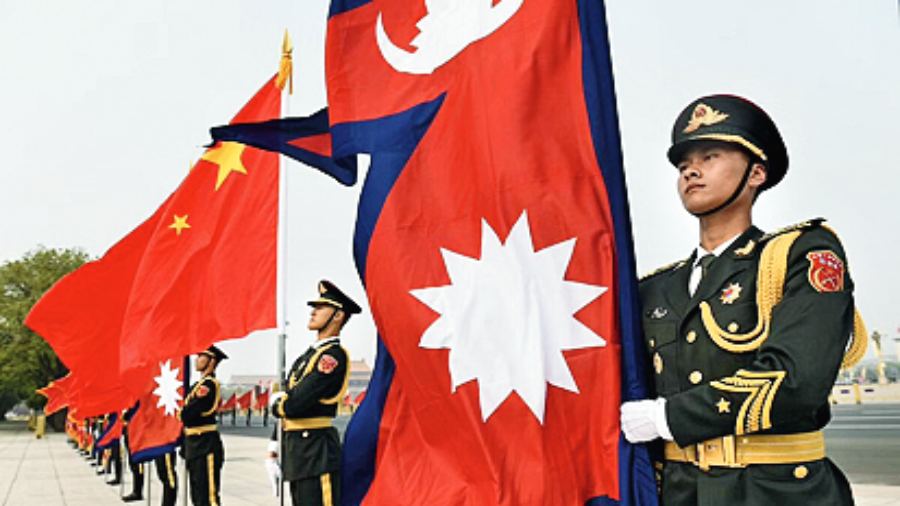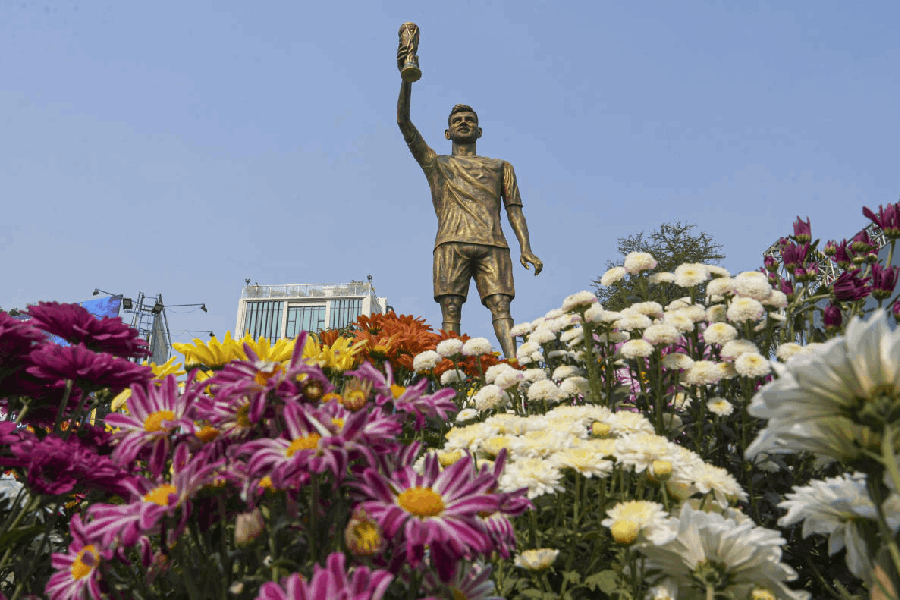Economics, it is said, trumps ideology. However, the reverse seems to be happening in Nepal. The US-Nepal pact, worth $500 million, which the Nepal government signed with the Millennium Challenge Corporation in 2017, is making news for the wrong reasons. The agreement seeks to bolster infrastructure, particularly roadways and electricity, but is being strongly opposed by Nepal’s communist parties and its ordinary people. The protests notwithstanding, the government led by Prime Minister Sher Bahadur Deuba decided to stand its ground and ratify the agreement in Parliament amidst threats by the US development agency that the failure to ratify the pact would lead to a ‘review of US-Nepal ties’.
The protests against the pact must be seen in the context of the growing importance of Nepal as the new destination for the power game between the United States of America and China. Commentators and Nepal’s civil society may argue that the protests are a manifestation of public anger against the deal. But there is little doubt that there’s increasing disenchantment with Chinese high-handedness. China’s influence and stakes in Nepal have increased manifold. Ever since India imposed the blockade on Nepal in 2015 to support the Madhesi groups’ claim to ratify the then Constitution to give them equal representation in Parliament, successive governments in Nepal have been miffed at India. This grievance prompted Nepal to enter China’s Belt and Road Initiative and increase economic and political ties with Beijing. That the Chinese ambassador in Nepal had to try and intervene to resolve the intra-party feud among the communists in 2020 bears proof of Beijing’s deepening influence in Nepal. Nepal’s ties with India have simultaneously deteriorated to the point that Kathmandu is contesting India’s sovereignty by arguing that three districts in Uttarakhand are Nepalese territory. The political protests spearheaded by Nepal’s communist-Leninist parties have covert Chinese support. Nepal’s government had signed the treaty despite opposition from Beijing. Therefore, the China factor in these ‘popular sentiments’ cannot be underestimated.
The protests need to be examined through the prism of Indo-Nepal ties as well. India has high stakes in Nepal not only from the strategic point of view but also the civilizational perspective. Despite the present friction, New Delhi has a relationship with Kathmandu along a porous border.
India must not underestimate China’s influence in Nepal. Beijing’s robust geopolitical position is facilitating a diplomatic and ideological indoctrination of Nepal’s political and financial elites. Notwithstanding its deep cultural and ethnic ties with the Nepalese people, the scale of India’s economic involvement cannot be compared to that of China’s. If India is to bolster its influence in the Himalayan country, then it must emphasize on increasing its economic footprint in Nepal, especially in infrastructure, renewable energy and information technology.
The age of empires is long over. New Delhi must not take its neighbours for granted — the reason why India has seen its influence wane in the South Asian neighbourhood. New Delhi must remember that its economic and military hegemony in South Asia does not mean it is the primus inter pares of the region. India must therefore treat its neighbours as equal and sovereign partners.
The course of events in Nepal points to the Great Game between Washington and Beijing but it has deeper implications for New Delhi. India must follow the events carefully while maintaining a calculated diplomatic posture.










